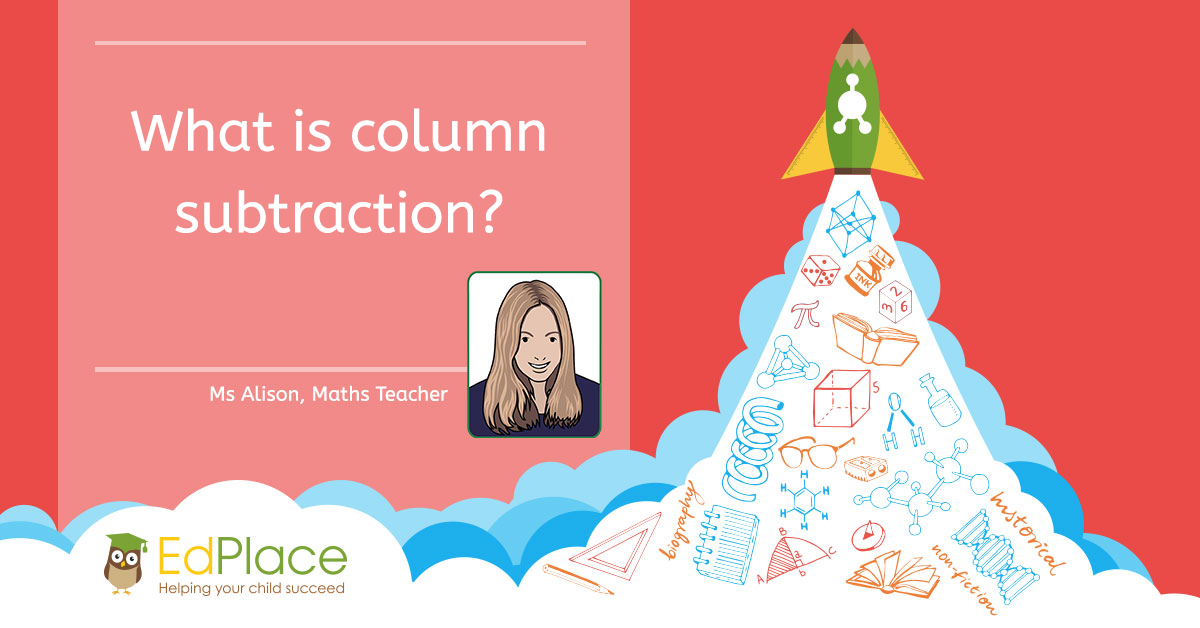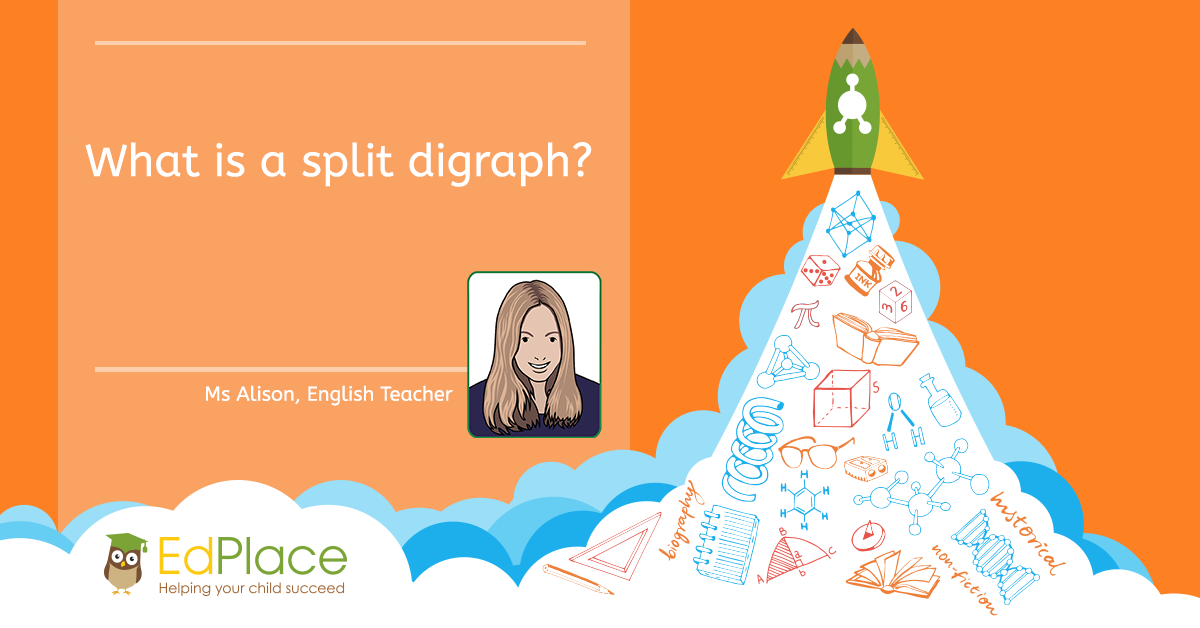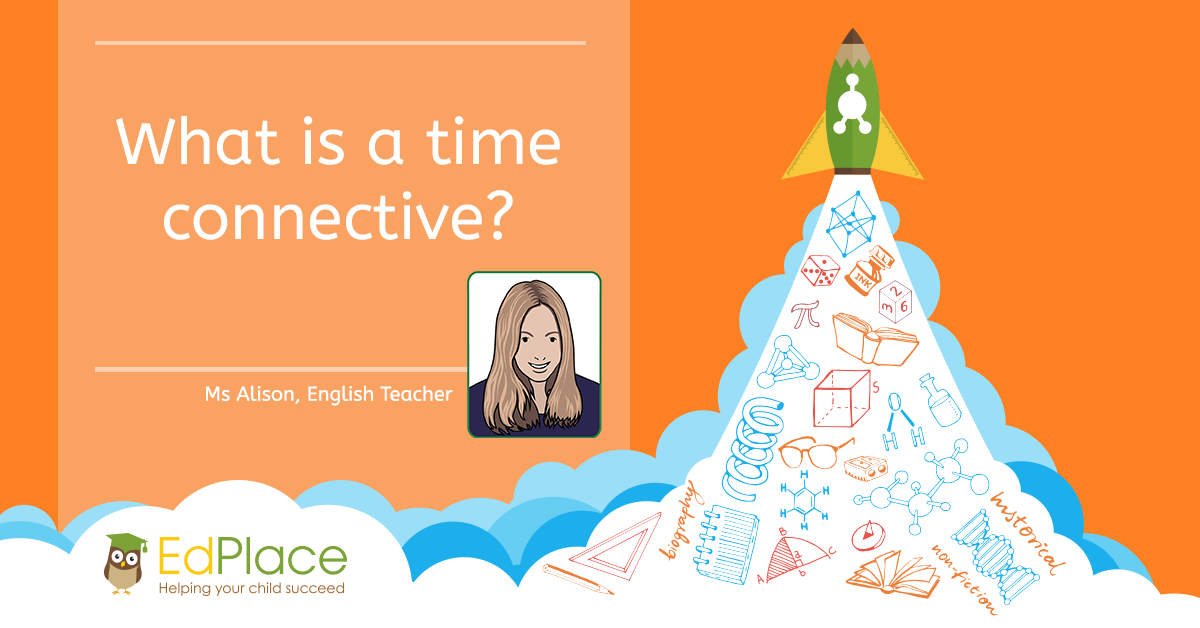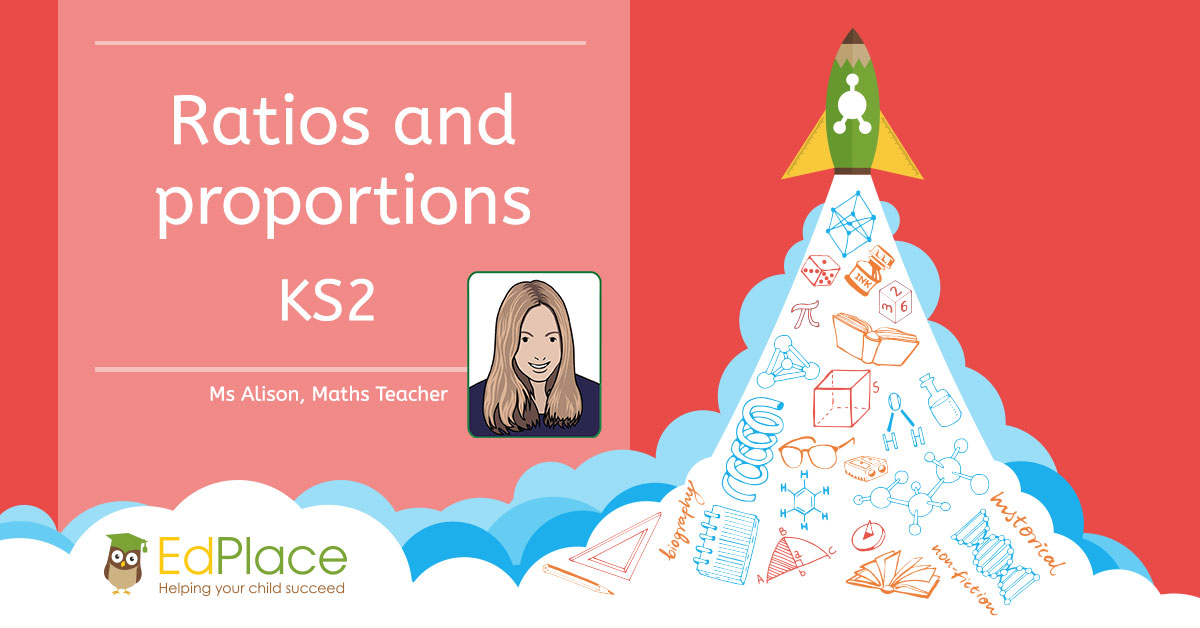What are Prefixes?
A prefix, put simply, is a letter or a group of letters added to the front of a root word to change the meaning of the word. They are not words in their own right, you cannot use them as part of a sentence. If you write them on their own, they usually have a hyphen after them to show that they should be attached to another word.
A suffix is a group of letters that are added to the end of a root word.
Let’s practice!
Prefixes KS2 Examples
Here is a short list of examples of the types of prefixes your child will be taught in KS2.

Prefixes KS2 Rules
Understanding the rules of prefixes can really help your child with their spelling. When a prefix is used, the root word remains the same. If you can learn to spell the root word, then adding a prefix is just like adding an extra building block to the front of the word.

Prefixes un- and dis-
The prefixes un- and dis- either change the meaning of the root word to the exact opposite of its original meaning or mean not. If the root word starts with the same letter as the end of the prefix (‘n’ for ‘un-’ or ‘s’ for ‘dis-’) the letter will be doubled. This is helpful when learning to spell because the rule is very logical, the root word always stays the same with the prefix added to the front.
Here are some examples:

Prefix in-
This prefix also means not or changes the root word to mean the opposite. However, the spelling of the prefix changes depending on the first letter of the root word. If the word begins with an ‘l’ the prefix will change to il-, if the root word starts with an ‘r’, the prefix will change to ir- and if the root word starts with ‘m’ or ‘p’ the prefix will change to im-.

More prefixes KS2
There are many more prefixes in the English language, for example pre-, re-, auto- and sub-. Your child will be taught about prefixes and the various rules that go with them throughout their primary years. Understanding the rules can greatly help with accurate spelling. You may find that your child is given a spelling list to take home linked to a particular prefix. Now that you understand prefixes too, this shouldn’t panic you, just remember, learn to spell the root word and then bolt the prefix onto the front.
You can play lots of prefix games as a family too, make cards with root words and cards with the prefix, practice bolting them on, how does the meaning of the word change? Which prefix goes with which word?
Worksheets and Practice
Of course, we at Edplace are here to help and support you. We have a large number of worksheets aimed specifically at getting to grips with prefixes. You’ll find most of them in the year 4 or year 5 section, but it’s never too early to start and there are some aimed at KS1. Why not have a look at our website, type prefix into the search bar and scroll through.
Year 1 – Understand and spell words with the prefix un-
Year 4 – Know your prefixes ad- and al-
Year 4 – Revise root words: adding prefixes 1
Year 4 – Revise root words: adding prefixes 2
Year 4 – Revise root words: adding prefixes 3
Year 4 – Know your prefixes: sub-
Year 5 – Use hyphens to join prefixes to root words 1
Year 5 – Use hyphens to join prefixes to root words 2
Year 5 – Use hyphens to join prefixes to root words 3
Year 5 – Understand verb prefixes re- 2
Year 5 – Understand verb prefixes de-
Year 5 – Understand verb prefixes dis-
Year 5 – Understand Verb prefixes: mis-
Year 5 – Understand Verb prefixes: over-
Year 6 – Know your prefixes: aero-
Year 6 – Know your prefixes: auto-, bi-, tele-, and trans-
Wait, don’t go! Keep Learning with EdPlace

AUTHOR, MS ALISON – ENGLISH TEACHER.










